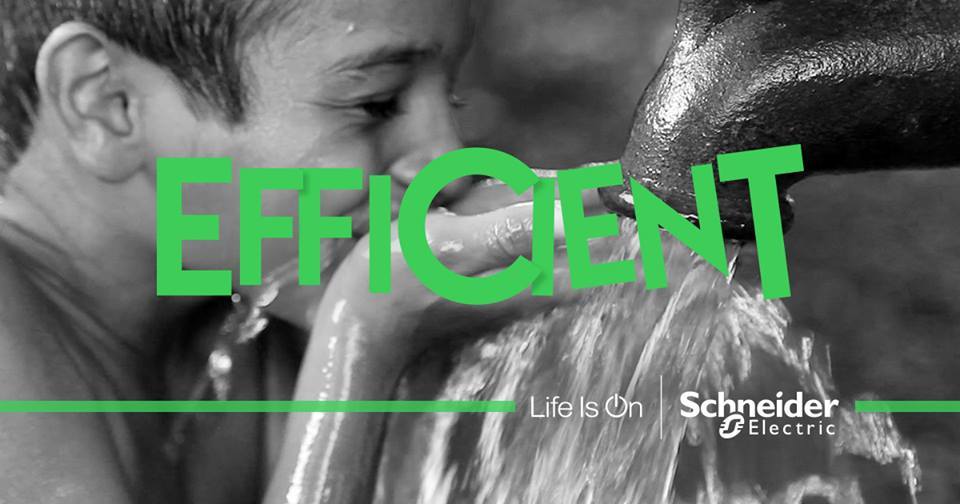The aim of power factor correction is to improve the power factor and hence the power quality. It is important since you might be paying for reactive power that is fundamental of no use. Improving the power factor results in less current being drawn, hence reduced electricity costs, less heat, and greater durability of the electrical system.
By improving your power factor, you can lower your electricity bills through lower monthly demand and capacity charges. In a normal situation, payback periods for power factor correction can vary between 1-3 years. Given the life expectancy of power factor correction equipment and the potential benefits, it can be a very worthwhile investment.
There are multiple power factor correction techniques that can be used. One of the more traditional ways to do this is installing correction equipment to reduce or remove these costs. Here are some methods you can use –
- Review your existing equipment to see if any pieces are functioning above the voltage it’s been rated for. You can also opt to cut back on how often your plant is running motors with a light load and stop running idling motors for long periods of time.
- Linear loads with a low power factor, such as induction motors, can be fixed using a passive network of capacitors or inductors. For example, you can balance the inductive effect of motor loads by using locally connected capacitors.
- Use an automatic power factor correction unit, which includes a number of capacitors that are switched by means of contactors. These contactors are managed by a regulator that estimates the power factor in the electrical network. Depending upon the network’s load and power factor, the power factor controller will switch the required blocks of capacitors to ensure that the power factor stays above a predefined value.
- For power factor correction in high-voltage power systems or large, fluctuating industrial loads, power electronic devices, devices such as – Static VAR (volt-ampere reactive) compensator or STATCOM (static synchronous compensator) is increasingly being used. These systems will be able to neutralise the sudden changes in power factor more rapidly than contactor-switched capacitor banks.
Power Factor Correction Benefits
- Reduces power factor penalties.
- Lowers demand charges.
- Increases the functioning of existing circuits.
- Stabler voltage.
- Reduction in power management losses.
Schneider Electric India has positioned itself as a leading brand in the domains of power factor, power transformers, and switchgear, electrical power distribution, not just in India, but on an international scale as well.


